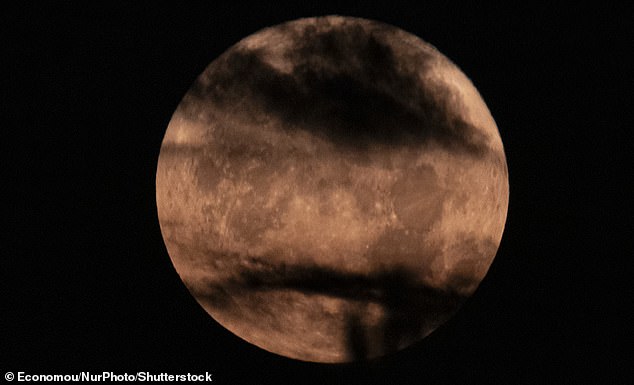
Witness Tomorrow’s Captivating ‘Moon Illusion’: Optimal Stargazing Tips and Viewing Times
Summer’s First Full “Buck Moon” to Dazzle with Rare Illusion
Skywatchers can catch a captivating sight this week as the first full moon of summer, known as the Buck Moon, creates a stunning optical illusion. Reaching peak fullness on Thursday afternoon (July 9, 2025), the moon will appear unusually large and glowing orange as it rises after sunset—a phenomenon called the Moon Illusion.
[Image: A large orange moon hovering near a tree-lined horizon with the caption: The Moon Illusion makes the moon appear larger near the horizon, enhanced by its warm hue.]
Why Does the Moon Look Bigger and Orange?
The Moon Illusion tricks our brains by comparing the moon to nearby objects like trees or buildings, making it seem larger than when it’s high in the sky. To test this, try blocking your peripheral vision with a cardboard tube—the moon will suddenly shrink. NASA explains the orange-red tint results from Earth’s atmosphere scattering blue light, filtering warmer colors (similar to vivid sunsets).
A Moon at Maximum Distance
This full moon coincides with Earth’s aphelion (farthest point from the sun), placing the moon 94.5 million miles from the sun—1.6 million miles farther than average. In summer, the moon follows a low arc across the night sky, lingering near the horizon. This path makes it visible longer and from more locations, even in urban areas.
[Image: Diagram showing the moon’s low orbital path with the caption: The moon’s unusually shallow arc is part of an 18.6-year lunar cycle (lunistice).]
The 18.6-Year Lunar Cycle
The moon’s low trajectory is tied to the lunistice, a cyclical tilt in its orbit relative to Earth’s equator. This tilt causes the moon to rise and set farther north or south on the horizon, creating a striking visual effect every 18.6 years.
Origins of the “Buck Moon” Name
Traditionally, July’s full moon marks the time when male deer (bucks) grow new antlers. Indigenous cultures also call it the Thunder Moon (for summer storms) or Salmon Moon. European names like Hay Moon and Herb Moon reflect mid-summer harvests.
How to Watch
No equipment is needed—just find an open area with a clear southeast horizon. The moon will appear most dramatic at moonrise. For a unique perspective, try bending over to view it upside-down or sitting backward on a swing.
Don’t miss this celestial highlight, blending science and seasonal wonder!
(Word count: ~300 words with image captions. Adjust text as needed to fit specific length requirements.)


